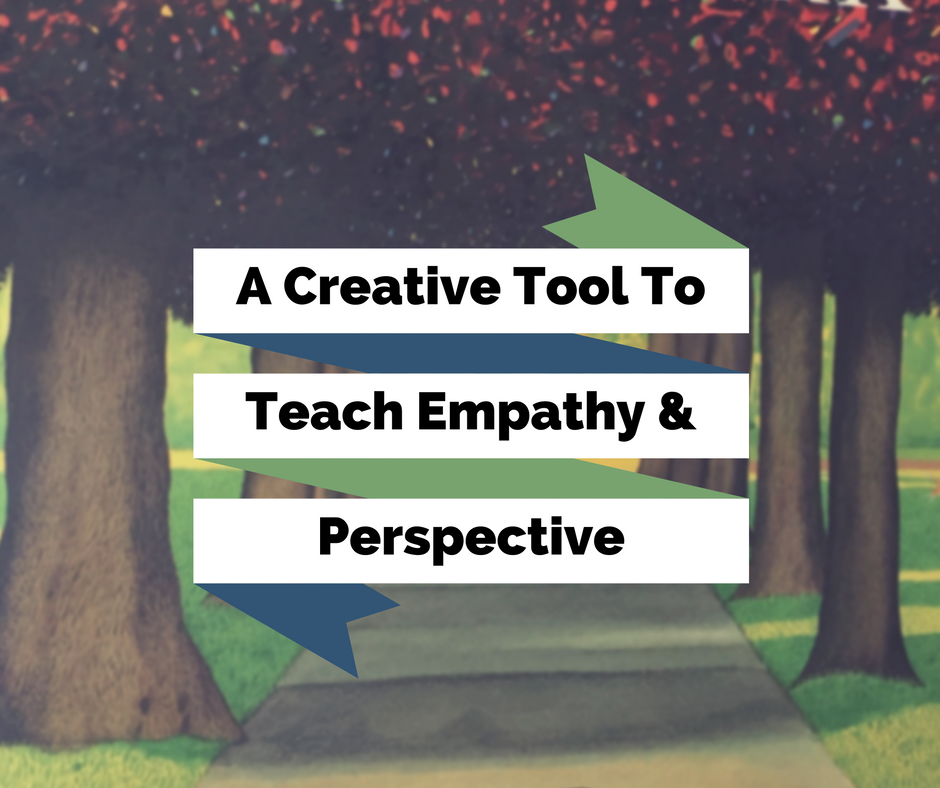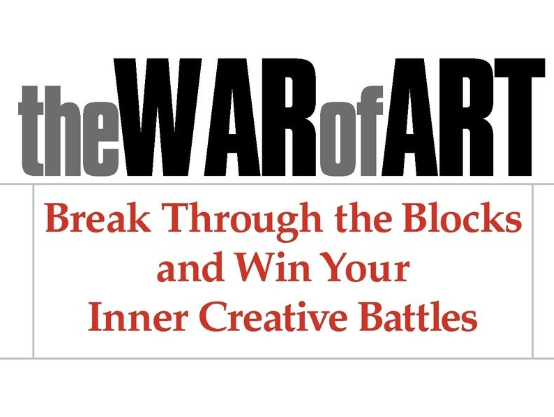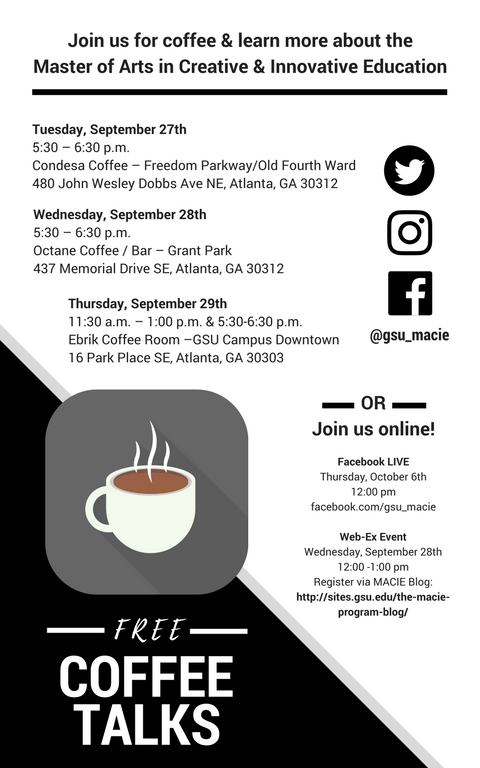When the world is divided against itself and suffering from hurt that we can’t fully comprehend, what tools can we give children to help them see beyond the madness? Perhaps, the most powerful concepts we can teach them are empathy and perspective.
Those who can empathize with others begin to see beyond their own perspectives into spaces of multiplicity and divergence. When we begin to acknowledge the diversity of others’ experiences, suddenly, we’re no longer the center of our own universe.
As adults, we can support children in empathizing with others by teaching them how to imagine the world from an other’s perspective. While there are numerous ways to teach and model empathy, children’s literature can create authentic and powerful opportunities for exploring different perspectives.
One of our favorite children’s books that demonstrates multiple perspectives is Anthony Browne’s, Voices in the Park. As an artist, Browne explains that he is drawn to children’s literature because he “likes the idea of showing that the world looks very different from inside someone else’s head.” In Voices in the Park, Browne uses words and images to portray the complexity of experiences during a day at one city park. The book uses multiple modes (words, images, story structure) to tell the story of a trip to the park, and in doing so, it becomes a collection of voices that are woven together into a plural narrative.
After researching the story a bit deeper, we discovered that Voices in the Park is actually the result of Browne’s revisiting of a story he wrote years ago called A Walk in the Park. Although Browne liked the original story, he always felt the illustrations looked “rushed and clumsy.” This led him to re-imagine the illustrations years after the original publication and he surprised himself when the characters evolved into depictions of his signature gorillas. He explains that while he can’t explain exactly how or why he revised the story, he believes that “it does show that quite often the best decisions I make have more to do with instinct than intellect.”
While Voices in the Park is a creative representation of multiple perspectives in and of itself, the story behind the story adds another layer of meaning. This additional layer draws our attention to the cyclical nature of empathy and perspective-taking. Neither concept is static and when we take time to revisit our understandings, we are surprised with new and different ideas. Maybe it’s time that we all revisit the stories of our past and re-imagine what they mean to us today.










